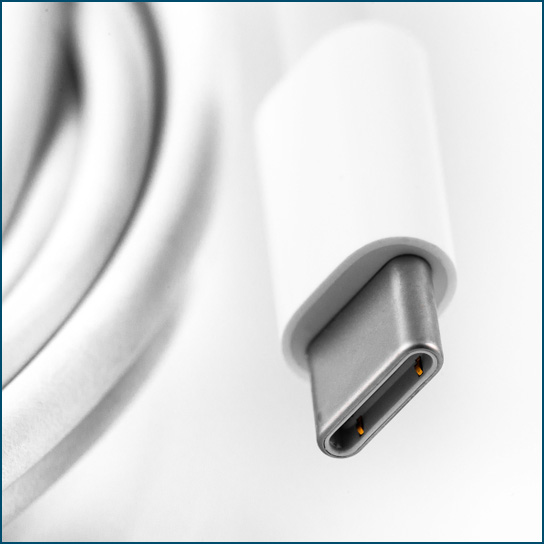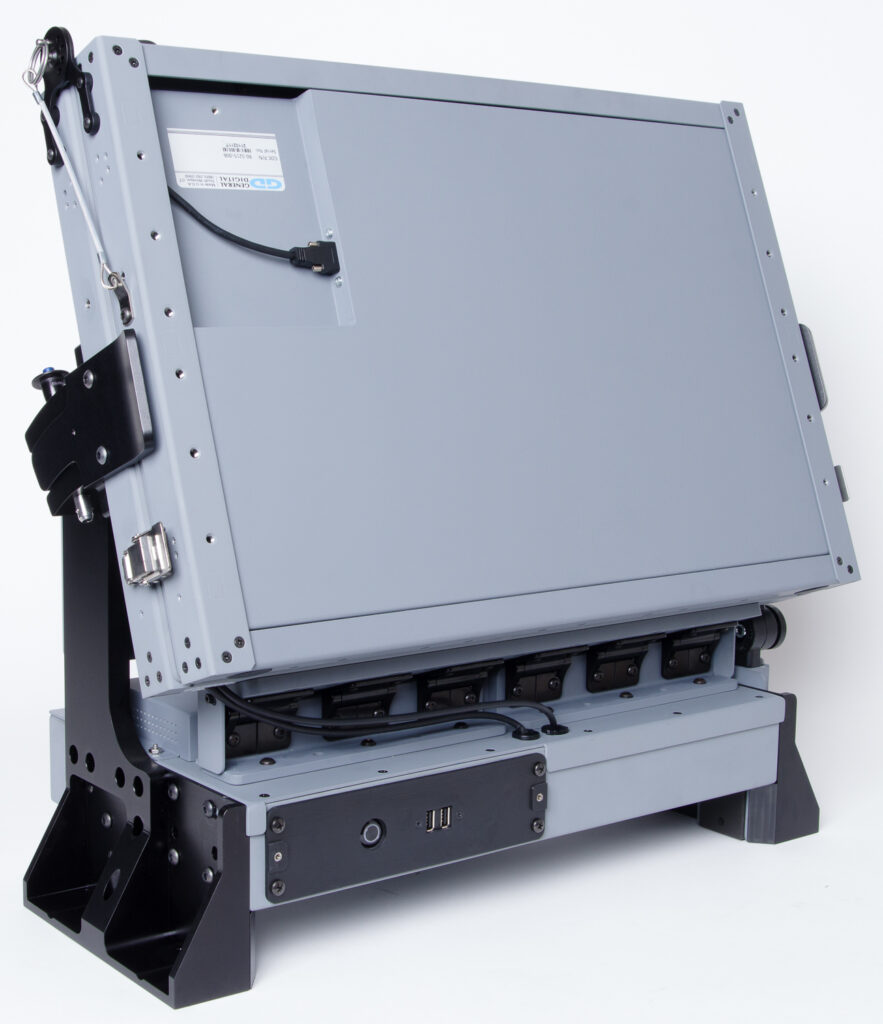
Chances are, you’ve already come in contact with a USB-C connector. You might be surprised to learn that they were originally developed in 2014, but have only recently gained substantial traction. These connectors are now used in the latest laptops, phones, and tablets, and their incredible utility continues to flourish. General Digital is proud to be one of the first companies that has applied this technology to solve multiple challenges for ruggedized use, particularly for military applications.
USB-C’s Key Benefits
Let’s look at the general specs for USB-C. The most obvious is that it features a much smaller connector type than previous generations. But it also packs a punch. It can carry much more power than its predecessors and boasts much faster speeds. Further, it’s bi-directional and reversible, adding to performance and the ability to change it quickly, eliminating the frustration of trying to plug it in.
Challenges of Conventional Ruggedized Equipment
Steady and reliable performance of ruggedized equipment in the field is absolutely critical. The lingering challenges with prevalent technology stem from the reality that multiple connectors are required for operation, each serving a unique function:
- Transmitting video signals – this requires high speed connections that come with a major drawback—they can not deliver power. Dedicated, and often bulky cables are needed.
- Power delivery – due to the high power demands, dedicated power lines are used.
- Control – such as the mouse, keyboard, card-reader, etc. While control might be the least demanding of the three functions, they still require their own cables and connections.
When ruggedized equipment comes under fire and is rattled out of service, getting it back online quickly is crucial. Every second counts. Keep in mind that with the setup outlined above, three connectors might need replacement. These are typically tight and somewhat cumbersome to change, almost by design. They are ruggedized, after all.

So, our engineers looked at these challenges and soon realized that the features of USB-C could be explored and integrated to solve them as follows:
- Video – There are several advantages here. First off, USB-C is much smarter than a typical video cable. It’s able negotiate and control the amount of power delivered as well as the resolution. This means it can drive almost any type of monitor with a USB-C connection, without the need for additional cables and cases. It can also handle much more power, which is required to run ruggedized video components.
- Power – USB-C can handle up to 5 Amps at 20 Volts—that’s an impressive 100 Watts, all from that tiny connector! In a regular USB you have one wire pair dedicated to power, while USB-C gives four wires in total. Further, it is bi-directional. Now the monitor can be used to charge to the notebook. No need for the clunky power brick.
- Control – One cable can now handle all control and additional devices – the mouse, keyboard, card reader, memory stick, and more.
Looking Ahead
The next generation of ruggedized computing systems represents a large leap over conventional technology. Components can now be swapped out quickly in the field, decreasing downtime, increasing uptime and giving users an unprecedented level of efficiency and control. In addition to substantially improved performance, it literally lightens the load of users in the field too, since fewer components are needed. And we’ve only just begun to explore the surface of leveraging and integrating the latest in connector technology. It offers such a wide range of possibilities that will improve our systems, and greatly benefit end users.

